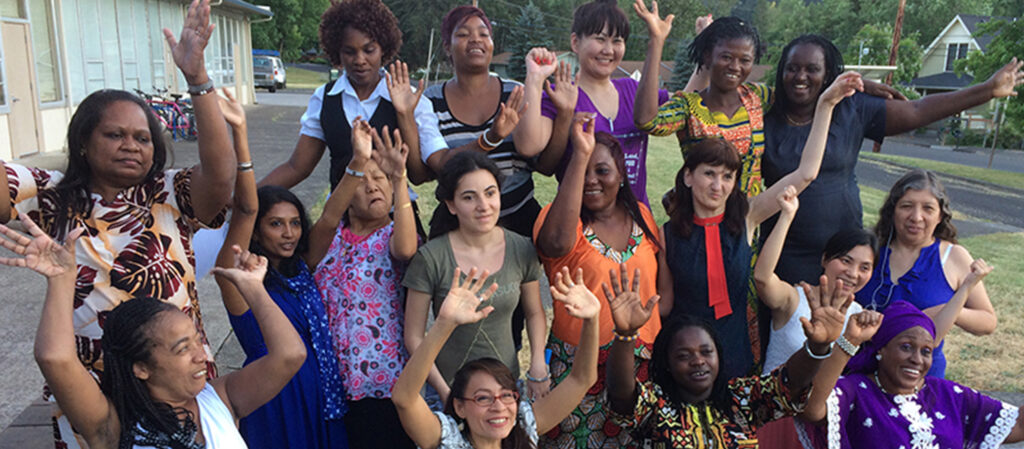When Susan Sygall, a wheelchair rider, returns from national and international conferences that bring together hundreds of international educators, she often remarks that she was one of only a few attendees – if not the only one – with an apparent disability.
Could this lack of representation of those with visible disabilities in the international education field help explain why students who have physical or sensory disabilities are not going abroad at the same pace (per Open Doors statistics) as those with non-apparent disabilities and those without disabilities? Would we see more parity if students with disabilities had more international education advisors and mentors with disabilities? Susan explores this question in her recent article for Diversity Abroad.
“Yes, we have seen progress in recruiting and accommodating people with diverse disabilities in all types of exchange programs, as we should. But when I attend conferences focusing on international exchange, when I visit headquarters of international exchange programs, both large and small, I still ask myself the same question: Where are all the disabled people—as staff, leaders, interns and consultants?”





